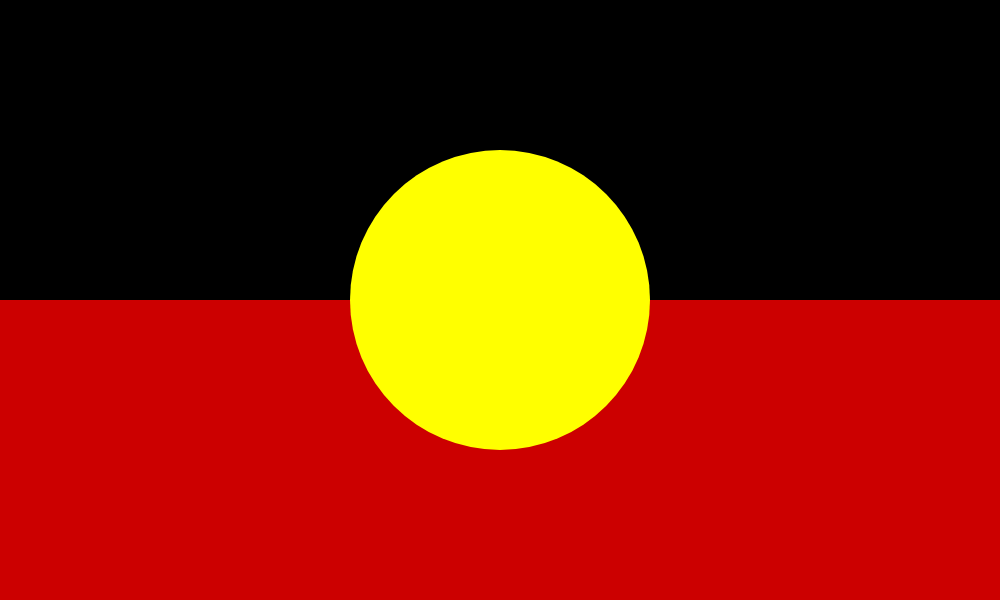- Gold mining has played a significant role in the colonization of the Mato Grosso region of Brazil, starting with the bandeirantes in the 18th century and reignited by the garimpeiros in the 1970s.
- The gold rush continued in the placer mining camps called garimpos across the region, extending to other states including Rondônia, Amazonas, Roraima and Amapá, and several Indigenous lands have been encroached upon.
- With increased political influence over decades, the gold mines continued to persistently invade Indigenous territories, notably the Yanomami and the Macuxi, while several rivers have been polluted by mercury and cyanide from the extractive industry.
Gold was central to the colonization of the Mato Grosso state area. The state’s current capital city, Cuiabá, was founded by bandeirantes, settlers in Portuguese Brazil from São Paulo, who discovered gold in the region in 1719. As they explored, they found gold in the upper reaches of the Rio Guaporé, which led to the creation of the first capital of Mato Grosso at Vila Bela da Santíssima Trindade in 1731.
The gold rush of the 1970s and 1980s attracted tens of thousands of garimpeiros into previously remote regions. There are no reliable estimates of the quantity of gold they extracted, but it is widely assumed the demographic surge, and the capital derived from gold, accelerated the development of the state’s agricultural economy. Many garimpeiros became small farmers and ranchers, particularly in northern municipalities where INCRA sponsored a half dozen settlement projects. As in Pará, they have retained both their knowledge and propensity to exploit alluvial gold, which has shown a resurgence of activity in the old garimpos located near Alta Floresta and Pontes de Lacerda.
The most controversial corporate project in the Brazilian Amazon is located near the Volte Grande on the Xingu River just a few kilometers from the Belo Monte hydropower dam. The proposed mine would exploit a world-class gold deposit on a greenstone deposit that was first exploited by garimpeiros in the 1960s (Garimpo Itatá). The project developer, the Canadian company Belo Sun, acquired the concession in 2013. The proposed open-pit mine has ‘proven or probable’ reserves of 3.8 million ounces of gold and is projected to generate profits of US$2 to US$5 billion over a seventeen-year lifetime. Opposition to the project has focused on the danger of a catastrophic failure of its cyanide ponds and tailing storage facilities that would contaminate the lower stretches of the Rio Xingu. Concern over the potential impact is magnified by the reduced water flows caused by the Pimentel Dam which diverts about 75 per cent of the river’s water flow to the Belo Monte hydropower plant.

